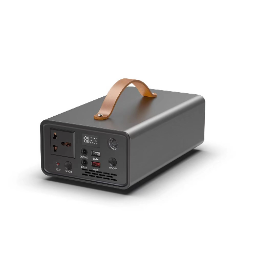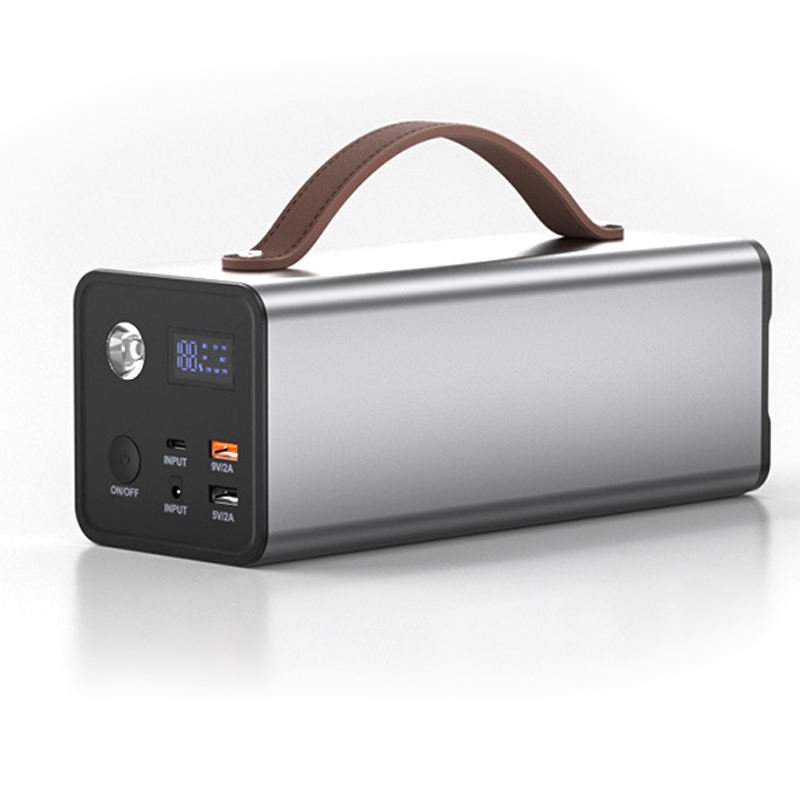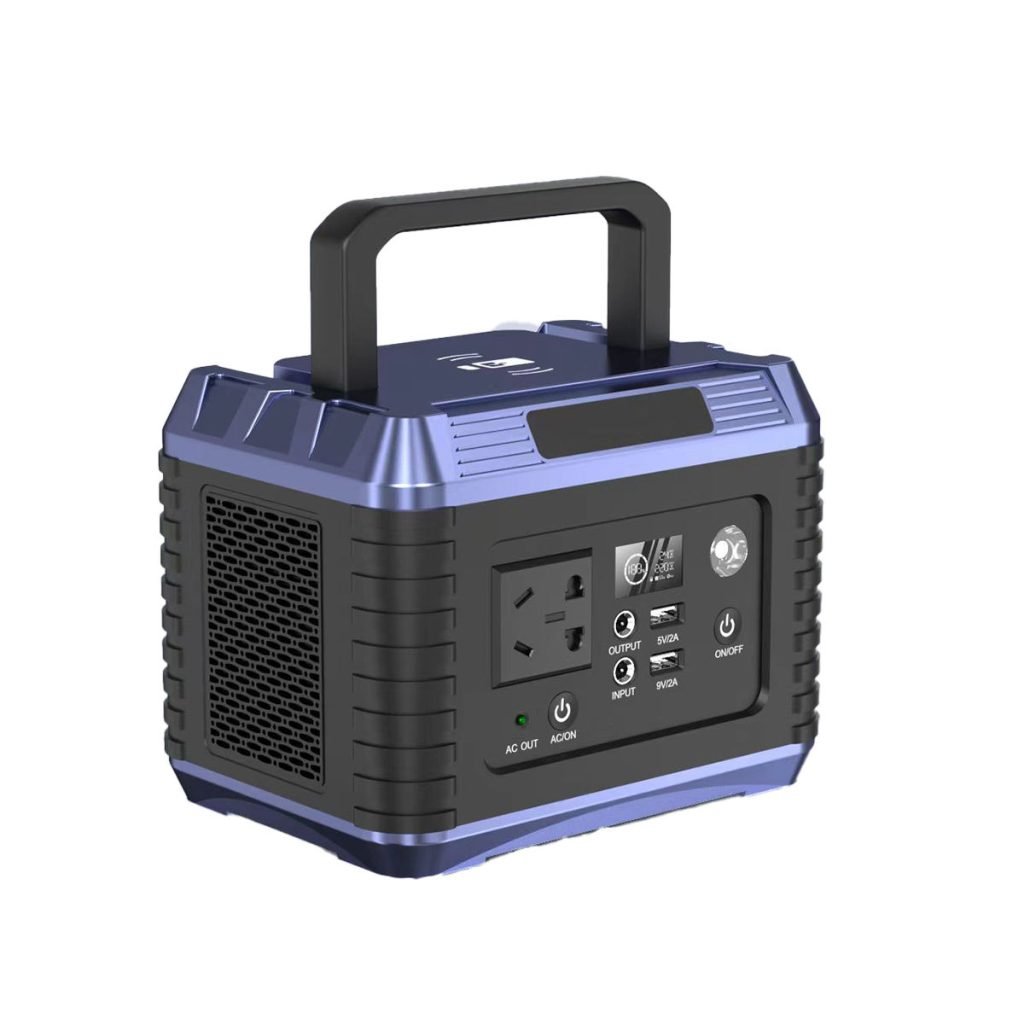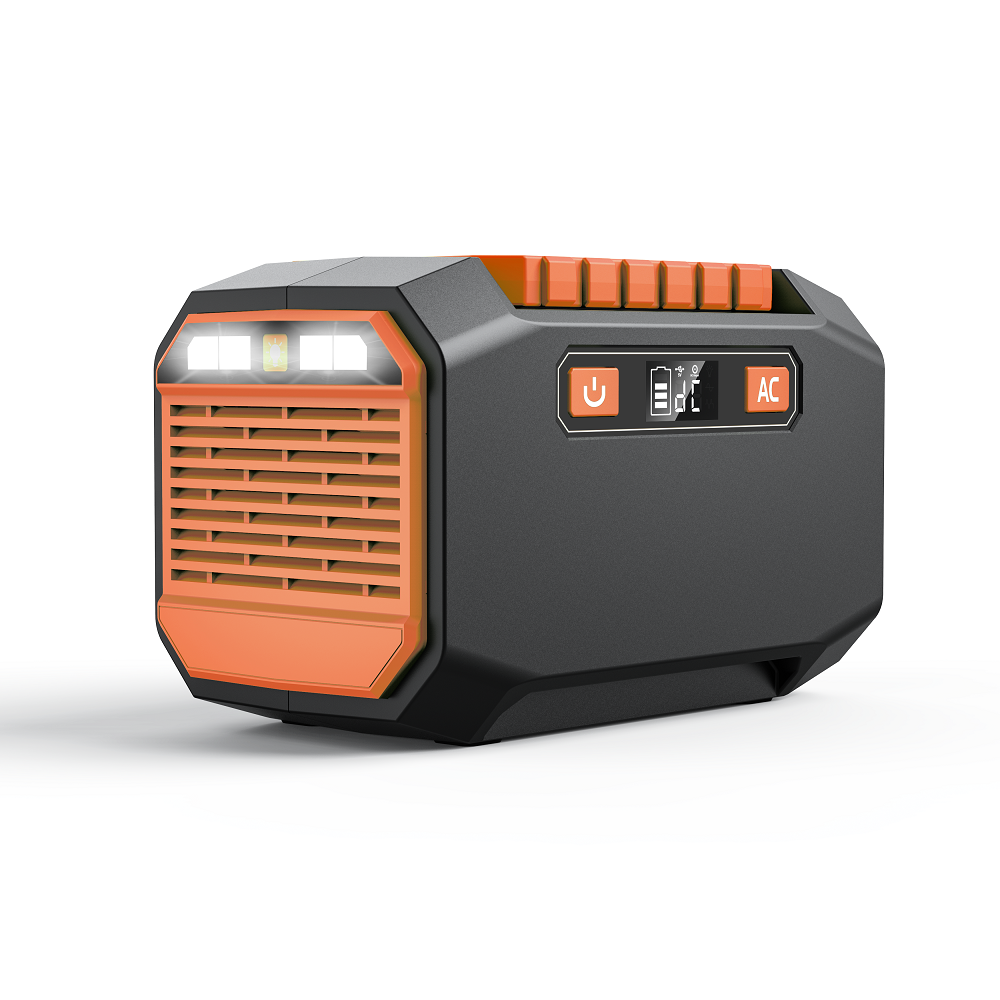Portable Power Stations
Portable power stations are versatile, rechargeable devices that provide electricity on the go. Whether camping, working remotely, or needing backup power during outages, these stations keep essential devices running. Understanding how long a portable power station can power different devices is crucial to selecting the suitable model for your needs. This blog will explore factors affecting run time, typical device power usage, and tips for maximizing your power station’s performance.
Factors That Affect How Long a Portable Power Station Can Run Your Devices
| Factor | Explanation | Impact on Run Time | Example Models |
|---|---|---|---|
| Battery Capacity (Watt-Hours) | Watt-hours (Wh) measures the total energy storage of the power station. Higher Wh means more energy stored. | Higher capacity allows the power station to run devices for more extended periods. Example: A 500Wh power station will run devices for half as long as a 1000Wh power station of the same efficiency. | Jackery Explorer 500 (518Wh) EcoFlow Delta 1000 (1024Wh) |
| Power Consumption of Devices | Watts (W) measures the power consumption of devices. Higher-wattage devices consume more power. | Devices with higher power consumption will drain the battery faster. Example: A 100W device will run for about 5 hours on a 500Wh power station, compared to 10 hours on a 1000Wh station. | Goal Zero Yeti 500X (500Wh) Bluetti AC200P (2000Wh) |
| Inverter Efficiency | Pure sine wave inverters provide cleaner power, reducing energy loss compared to modified sine wave inverters. | Pure sine wave inverters generally have higher efficiency and can power sensitive electronics more effectively. Modified sine wave inverters may have lower efficiency and can reduce run time. | Jackery Explorer 1000 (1002Wh, Pure Sine Wave) Bluetti EB240 (2400Wh, Modified Sine Wave) |
| Usage Patterns | Intermittent use (turning devices on and off) vs. continuous use affects battery drain. Devices in standby mode also consume power. | Intermittent use allows for longer run times compared to continuous use. Standby power consumption adds to the total energy drain. | EcoFlow River Pro (720Wh) Goal Zero Yeti 1500X (1516Wh) |
Common Device Power Consumption and Estimated Run Times
| Device | Average Power Consumption (Watts) | Estimated Run Time on 500Wh Power Station | Estimated Run Time on 1000Wh Power Station | Assumptions and Variables |
|---|---|---|---|---|
| Smartphone | 5W | 100 hours | 200 hours | Based on charging, real-world use may vary depending on usage and battery size. |
| Laptop | 50W | 10 hours | 20 hours | It depends on power settings (e.g., screen brightness and battery saver modes). |
| Tablet | 10W | 50 hours | 100 hours | Similar to smartphones, usage patterns affect actual run time. |
| Mini-Fridge | 60W | 8 hours | 16 hours | Efficiency changes with ambient temperature and how frequently the fridge cycles. |
| LED Light Bulb | 10W | 50 hours | 100 hours | Usage time depends on brightness settings (e.g., dimmable LED bulbs). |
| CPAP Machine | 40W | 12.5 hours | 25 hours | Usage includes humidifier settings, which can impact power consumption. |
| 42″ TV | 100W | 5 hours | 10 hours | Assumes regular viewing; energy-saving modes can extend usage. |
| Electric Fan | 50W | 10 hours | 20 hours | Fan speed and environmental conditions (e.g., indoor vs. outdoor use) may vary. |
| Portable Cooler | 70W | 7 hours | 14 hours | Run time depends on cooling settings and outdoor temperature. |
| Drone Battery | 60W | 8 hours (charging only) | 16 hours | Charging time is approximate and depends on battery capacity and flight duration. |
| GoPro Camera | 10W | 50 hours (charging only) | 100 hours | Charging only; actual usage will drain the battery faster depending on settings. |
Portable Power Station Capacity vs. Device Run Time
When selecting a portable power station, one of the most critical factors is understanding how long it can run on various devices. The run time depends on the battery capacity of the power station (measured in watt-hours or Wh) and the power consumption of the devices you plan to use (measured in watts or W). By calculating the estimated run time, you can ensure your portable power station meets your needs.
How to Calculate the Estimated Run Time for Any Device Using a Power Station
To calculate how long your device will run on a portable power station, you can use the following formula:
Formula:
Battery Capacity (Wh) ÷ Device Power Consumption (W) = Estimated Run Time (hours)
This simple equation estimates how long a fully charged power station can run a device based on its power draw. The result will give you the device’s continuous run time.
Example Calculations for Different Devices
Let’s walk through some examples to understand better how this works:
| Device | Power Station Capacity (Wh) | Device Power Consumption (W) | Estimated Run Time (Hours) |
|---|---|---|---|
| Smartphone | 500Wh | 5W | 100 hours |
| Laptop | 1000Wh | 50W | 20 hours |
| Mini-Fridge | 500Wh | 60W | 8.3 hours |
Real-World Variables Affecting Run Time
While these calculations provide a basic estimate, real-world factors can influence actual run times, such as:
- Inverter Efficiency: Power stations use inverters to convert stored DC (Direct Current) power into AC (Alternating Current) power for your devices. Inverter efficiency varies by model; some energy is lost during conversion. Pure sine wave inverters are typically more efficient than modified sine wave inverters, but they may still result in some loss of power.
- Device Settings: Many devices like laptops and refrigerators have power-saving modes that extend run times. On the other hand, devices set to higher performance or brighter screen settings will consume more power and reduce the run time.
- Weather and Temperature: In extreme cold or hot temperatures, battery efficiency can decrease, reducing the run time of your portable power station.
- Standby Power Consumption: Some devices consume power even when not actively used (standby mode). This can reduce the overall run time if connected to the power station.
Understanding Efficiency and External Factors
- Efficiency Loss: Not all the power stored in a portable power station is delivered to the device. On average, efficiency loss ranges between 10-20% due to inverter inefficiencies, heat generation, and battery management systems. This should be factored into your run-time calculations.
Adjusted Formula for Efficiency:
(Battery Capacity (Wh) × Efficiency %) ÷ Device Power Consumption (W) = Adjusted Run Time (hours)
For example, if a 500Wh portable power station has an efficiency of 85% and is powering a 50W laptop:
(500Wh × 0.85) ÷ 50W = 8.5 hours of run time.
Scenarios and Use Cases
For Camping and Outdoor Adventures
Portable power stations are instrumental in outdoor activities like camping, hiking, or RV trips, where access to electricity is limited. Here are typical run times for essential devices:
| Device | Power Consumption (W) | Power Station Capacity (Wh) | Estimated Run Time |
|---|---|---|---|
| Smartphone | 5-10W | 500Wh | 50-100 charges |
| LED Light | 5-10W | 500Wh | 50 hours (5 nights of 10 hours per night) |
| Portable Cooler | 60W | 1000Wh | 16-18 hours |
- Phones: 50-100 total charges with a 500Wh power station.
- LED Lights: Can last up to 50 hours, or 5 nights of 10-hour use, with a 500Wh power station.
- Portable Cooler: A 1000Wh power station will keep running for 16-18 hours, perfect for day trips.
For Emergency Home Backup
A portable power station can keep critical appliances running during a power outage, providing peace of mind until power is restored. Here’s a breakdown of typical run times:
| Device | Power Consumption (W) | Power Station Capacity (Wh) | Estimated Run Time |
|---|---|---|---|
| Refrigerator | 100-150W | 1000Wh | 6-10 hours |
| CPAP Machine | 30-60W | 500Wh | 8-16 hours |
| Radio | 5-10W | 500Wh | 50-100 hours |
- Refrigerator: A 1000Wh power station can power it for 6-10 hours.
- CPAP Machine: A 500Wh power station can power it for 8-16 hours.
- Radio: A 500Wh power station can run a radio for 50-100 hours, depending on power consumption.
For Worksites
Portable power stations also effectively power essential tools and equipment on remote worksites. Here’s how long they can power standard devices:
- Power Tools: A typical power tool, such as a drill or circular saw, consumes around 400-600 watts. A 1000Wh power station can run such tools for 1.5-2.5 hours, making it useful for smaller jobs or short bursts of work.
- Charging Devices (Laptops, Tablets): Laptops typically consume 40-60 watts, so a 1000Wh power station can power a laptop for around 16-25 hours, allowing you to continue working or using devices without interruption.
Tips for Maximizing Run Time
To get the most out of your portable power station and extend its run time, here are several essential tips you can follow:
Prioritize Power Consumption
Managing which devices you choose to power with your portable power station can significantly extend its run time. Start by prioritizing the essential devices and those that consume less energy.
- Turn Off Devices When Not in Use: Even devices in standby mode can slowly drain power. Always turn off or unplug devices that aren’t in use to save as much energy as possible. For example, unplugging a phone charger or small LED light when they aren’t needed will conserve battery life.
- Power Only Necessary Devices: Focus on running critical devices like phones, medical equipment (e.g., CPAP machines), and refrigerators if you’re in an emergency or blackout situation. Avoid powering non-essential items like entertainment devices unless necessary.
Optimize Charging and Discharging
Ensuring your portable power station operates at peak efficiency will also help maximize run time. Here are a few ways to optimize this:
- Use Devices that Match the Power Station’s Capacity: Choose devices that align with the power station’s wattage capacity. Avoid running devices that exceed the station’s power output, as it will lead to rapid battery drain and inefficiency. For example, running a high-power tool on a small power station meant for laptops and lights may quickly reduce the overall battery life.
- Monitor Battery Levels: Many portable power stations have built-in displays showing battery percentage, voltage, and power consumption. Regularly checking these stats can help you gauge the power station’s health and adjust your device usage accordingly.
Consider Solar Panel Recharging
One of the most effective ways to extend the run time of your power station is to recharge it while using it, especially in off-grid or outdoor scenarios.
- Extend Run Times by Recharging with Solar Power: Portable power stations that support solar charging can be recharged using solar panels, enabling you to tap into renewable energy. By utilizing solar power, you can keep your station charged and extend its run time, allowing you to power devices for extended periods. This is particularly beneficial for camping trips or remote locations with limited access to traditional electricity sources.
- Plan Your Recharging Strategy: Position your solar panels in optimal sunlight throughout the day to maximize solar recharging efficiency. Solar recharging can provide a continuous power source that replenishes your power station while you run devices.




